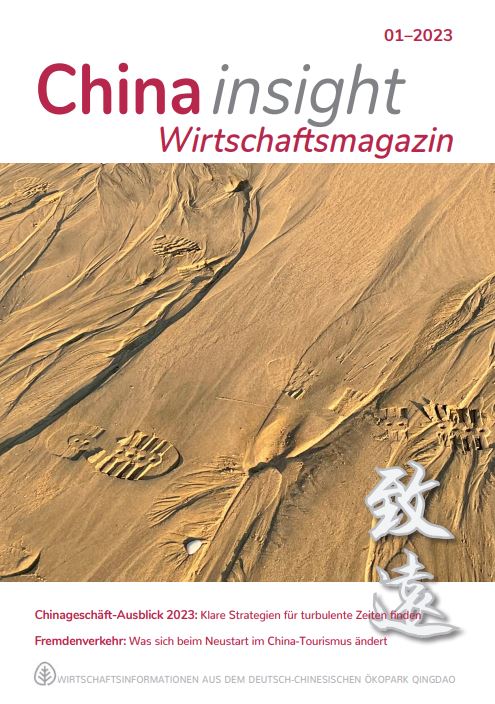COMPRESSED BIOGAS (CBG) INDIA POTENTIAL

Currently, India is world’s third largest energy consumer with nearly 50% generating from coal. India on its part is actively looking to reduce its coal dependencies as it aims to achieve Net Zero by 2070. Furthermore, India aims to generate 50% of its total electricity from green sources by 2030. Its future energy strategy thus laying high emphasis on usage of renewable sources, of which biogas is a strong potential contributor.
EAC estimates India’s compressed biogas potential to be around 40 to 60 MMTPA (million metric tons per annum) with current installed capacity at <1%. One of the biggest enablers of this potential is the volume and variety of feedstock available. Broadly speaking, four types of feedstocks are widely used in India, namely
1) agri-residue, cattle dung and livestock waste,
2) municipal solid waste (MSW) and city wastewater,
3) press-mud (sugar residue) and
4) spent-wash (distillery residue).
With agri-residue occupying the largest share owning to India’s agricultural roots and high yield (8-20%).
In terms of sales, the Indian market mainly offers offtake models, where producers sell either through their own networks, through the oil manufacturing companies' network, or through the country's gas networks. CBG producers can choose to use one or a combination of the few models to generate revenue.
To support its green energy transition goals and ensure energy security the Indian Government has allocated 3.8 bln EUR in FY 2023-24 budget. Nearly 1/3rd of this will be used to install 500 bio-CNG plants (200 will be CBG plants) under government scheme named GOBARdhan (Galvanizing Organic Bio-Agro Resources – DHAN).
To avoid the overly complicated tax structure, the Indian government is working closely with industry stakeholders. They are working out measures e.g.such as exemption from excise duty on blending CBG with CNG (compressed natural gas).
A mandate is also under process which requires all organizations marketing natural gas to use at least 5% CBG in the future. Aggressive targets such as generation of 15 MMT of CBG by 2024–2025 through setting up of 5,000 commercial CBG units, supported by initiatives such as favourable policies, framework corrections, fund allocations and availability of raw materials are encouraging new players to enter market.
It’s also an opportunity for international players to look at India as an investment option for technology and manufacturing in the domain with the expectations of coming years seeing CBG industry play a key role in helping India achieve its energy transition and sustainability goals.
Are you interested in the opportunities of CBG in India? Then contact Ketan Jadhav for an exchange.





